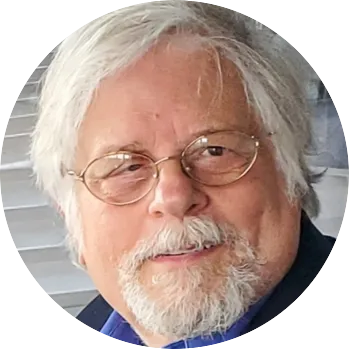Boulder Valley’s RF engineers getting the message out

Whether you’re a consumer or businessperson frustrated by dropped cellphone connections at crucial moments or a major energy company needing more frequent pressure readings from pipelines and wellheads, radio-frequency technology becomes an invisible but crucial part of your life.
And if you live and work in the Boulder Valley, the answers to those RF woes are being developed in your backyard – by cutting-edge RF, antenna and electromagnetic engineers at companies as big and established as FreeWave Technologies and as young and ambitious as BluFlux.
In fact, it was Louisville-based startup BluFlux that announced…
THIS ARTICLE IS FOR SUBSCRIBERS ONLY
Continue reading for less than $3 per week!
Get a month of award-winning local business news, trends and insights
Access award-winning content today!

